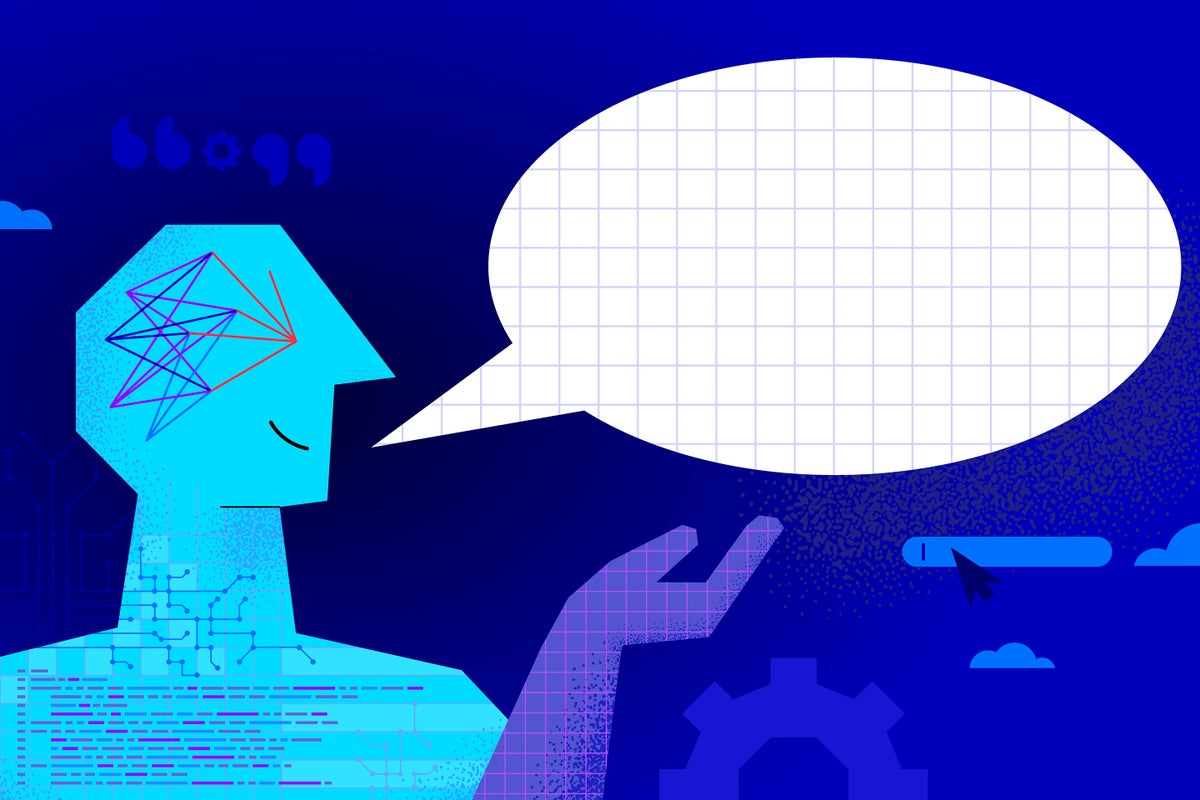Now Reading: ChatGPT vs Gemini: Comparing Distinct AI Writing Styles
-
01
ChatGPT vs Gemini: Comparing Distinct AI Writing Styles
ChatGPT vs Gemini: Comparing Distinct AI Writing Styles

Fast Summary
- Research Focus: A linguist explores whether Large Language Models (LLMs) like ChatGPT possess unique idiolects-a distinctive individual way of expressing themselves in language.
- Comparison Method: The study employs methods such as the Delta technique to analyze and compare word frequency across texts generated by ChatGPT and Gemini, focusing on diabetes-related topics.
- Findings:
– ChatGPT’s outputs favor formal, clinical, and academic language. Examples: “blood glucose levels,” “characterized by elevated.”
– Gemini uses more accessible, conversational terms. Examples: “high blood sugar,” “the cascade of.”
– Trigrams analysis shows consistency within each model’s idiolects.
– Differences arise in word preferences like “glucose” vs. “sugar,” demonstrating distinct linguistic styles for each model.
- Implications for AI Content: Suggested reasons include the principle of least effort or emergent abilities during training that drive patterns in language usage for LLM tools.
Indian Opinion Analysis
The study highlights that LLMs such as ChatGPT and gemini develop unique writing styles or idiolects-mirroring how humans adapt expressions based on experiences or natural tendencies. This finding may hold meaning for India’s rapidly evolving education system as AI adoption grows among students and educators alike. Identifying specific textual signatures could strengthen plagiarism detection protocols in academic institutions while fostering greater accountability concerning outsourced assignments generated by AI tools.
Moreover, the presence of consistent linguistic styles may aid Indian researchers utilizing LLM-generated content to conduct analyses in technical fields like healthcare communication or policy drafting. While some might fear homogenized outputs from AI models, these idiolect differences suggest room for innovation tailored toward diverse societal needs-a feature notably valuable given India’s linguistic plurality.


























